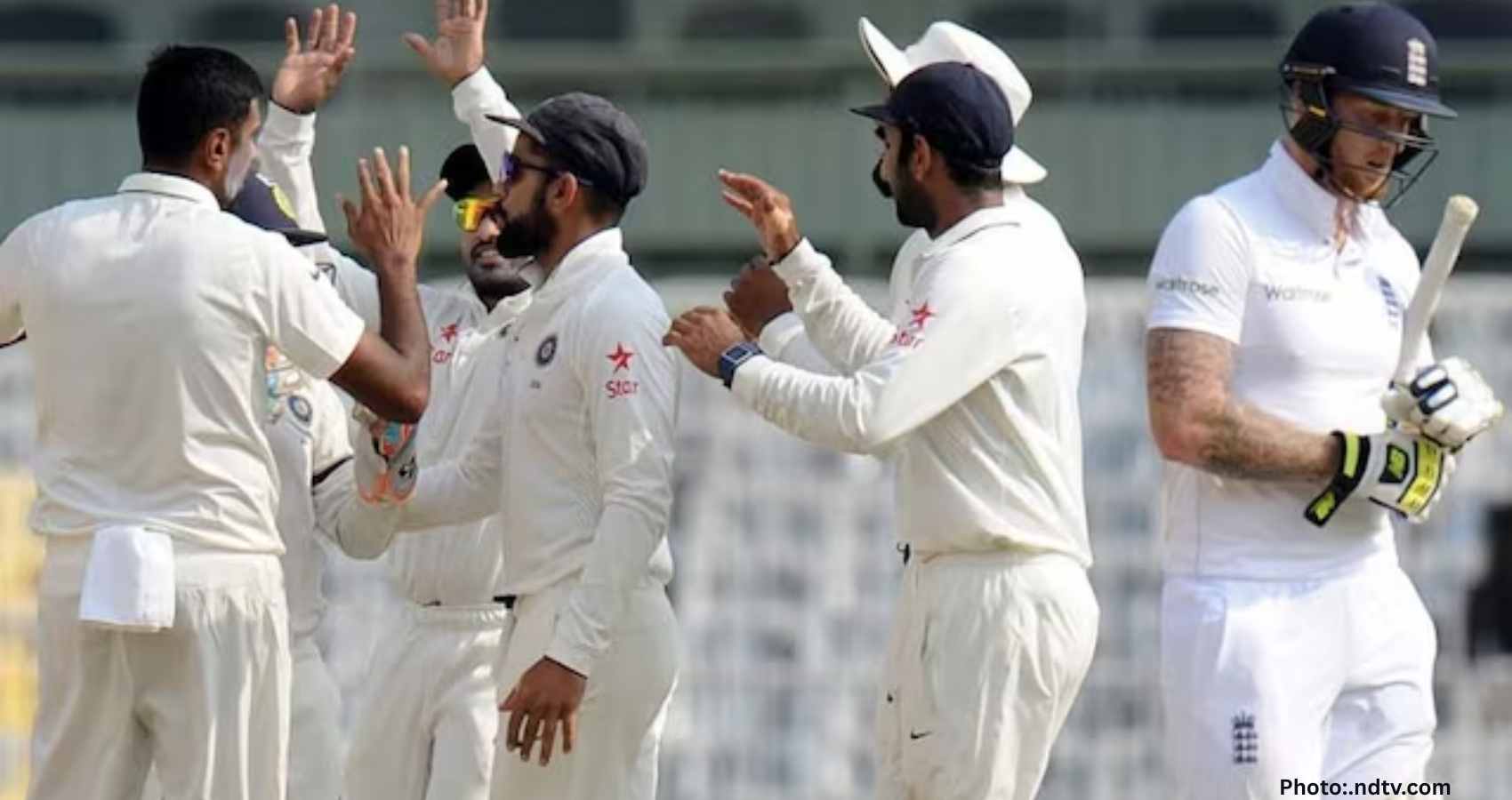The gripping 2-2 draw between England and India for the Anderson-Tendulkar trophy marked a dramatic beginning to the new World Test Championship cycle.
The contest was an epic, taking each of the five Tests into the final day, with four extending into the final session. It was a showcase of remarkable individual and collective performances that the five-day format has rarely seen in recent years.
This series defied the predictions made by former cricketers and pundits, most of whom foresaw an easy victory for the home team, if not a clean sweep. Despite England’s home advantage, many expected India to struggle, especially given their pre-series challenges.
India’s vulnerability seemed apparent after they were whitewashed 3-0 at home by New Zealand and suffered a 3-1 defeat to Australia down under in previous series. Further compounding their woes were a series of sudden retirements and fitness issues, leaving India without key players such as R Ashwin, Rohit Sharma, Virat Kohli, and Mohammed Shami. This absence meant enormous pressure was on young Shubman Gill, who was captaining the side for the first time.
While talent was not lacking in India’s squad, the inexperience was significant, especially in batting under challenging conditions. Although KL Rahul, Ravindra Jadeja, and Rishabh Pant had ample experience in England, other players like Yashasvi Jaiswal, Sai Sudarshan, Karun Nair, Washington Sundar, and Abhimanyu Easwaran were playing at this level for the first time.
Gill’s unremarkable overseas batting record led to doubts about his leadership capabilities, and concerns about the fitness of pace bowler Jasprit Bumrah further dimmed India’s prospects. A loss in the first Test at Headingley, where England successfully chased 373 in the fourth innings, further validated those concerns.
However, India bounced back spectacularly in the following Test at Edgbaston, winning by 336 runs. This transformation was a result not of luck, but of skill and relentless determination—a theme that characterized India’s performance throughout the series.
The remaining three Tests were fiercely contested, demanding high intensity and skill from both teams. Despite frequent heated exchanges, the series also saw unforgettable performances, with players from both sides pushing through fatigue and injury for their teams.
India’s resilience in this neck-and-neck contest was evident in the statistics. Three Indian batters—Gill, Rahul, and Jadeja—each scored over 500 runs, compared to England’s Joe Root being the sole player to achieve the same. India posted 12 centuries, while England had nine.
Mohammed Siraj emerged as the leading wicket-taker with 23 dismissals, and Akash Deep was the only bowler to claim 10 wickets in a match. India had a wealth of heroes but Shubman Gill and Mohammed Siraj were the pillars of their remarkable performance.
Gill, displaying Bradmanesque form, amassed 754 runs during the series, with 430 of those in a single Test. He narrowly missed breaking Sunil Gavaskar’s record series aggregate and was second only to Don Bradman for the highest runs scored in a series by a captain. Gill’s achievements and potential were underlined by his prolific scoring, which earned him the respect of his team. Despite a tentative start, he quickly gained confidence, revealing fine temperament and shrewd tactics in tough situations.
Since his debut in 2021, Siraj had been overshadowed by Bumrah and Shami, but he emerged from the series having left a lasting mark on cricket. His displays of bravery and stamina were legendary, as he embraced the role of leading bowler in Bumrah’s absence, inspiring his fellow pacers to reach new heights, which garnered admiration from all corners.
Siraj’s 23 wickets came at an average of 32.43, with an economy rate of 4.02 and a strike rate of 48.43. Although these figures may seem modest, he was instrumental in India’s two victories. At Edgbaston, his six wickets in the first innings (seven overall) shifted the momentum in India’s favor. At the Oval, he took nine wickets—four in the first innings and five in the second—playing a pivotal role in turning the match around.
India’s ability to maintain composure for 25 days under immense pressure, driven by willpower, ambition, and skill, culminated in a thrilling final 56-minute comeback at the Oval to win and level the series. This narrative stands as one of Test cricket’s most gripping tales.
According to BBC, the series also marked a transition for this young Indian team, from concerns and doubts to one of promise powered by ambition and excellence.

